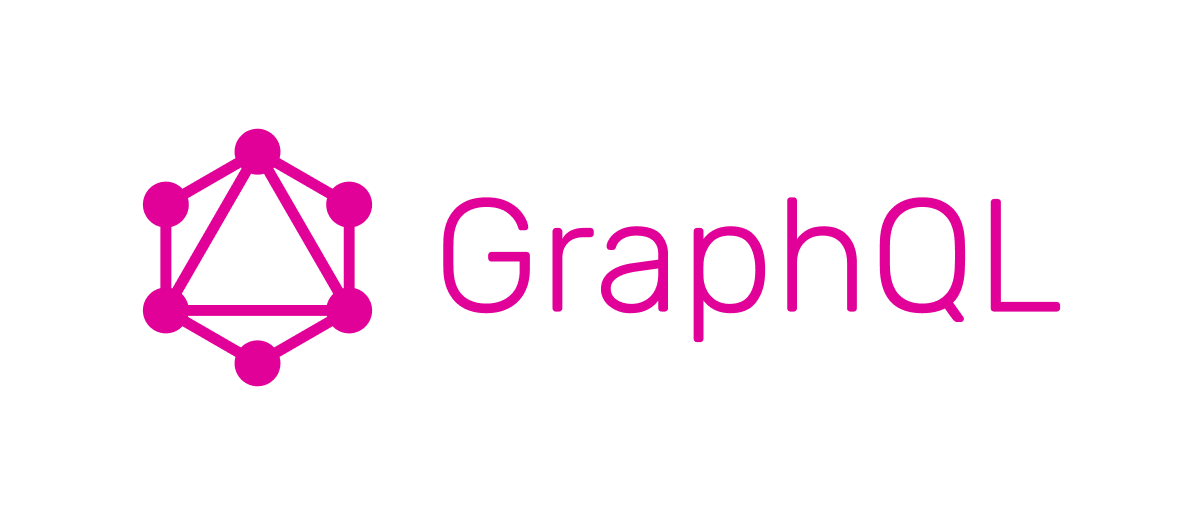GraphQL Extractor
Pricing
Pay per usage
GraphQL Extractor
💫 Universal GraphQL Scraper
0.0 (0)
Pricing
Pay per usage
1
Monthly users
2
Runs succeeded
85%
Last modified
5 months ago
Welcome to GraphQL Extractor

🕸️ About GRAPHQL

GraphQL is a data query and manipulation language for APIs that allows a client to specify what data it needs ("declarative data fetching"). A GraphQL server can fetch data from separate sources for a single client query and present the results in a unified graph.[2] It is not tied to any specific database or storage engine.
🕸️ About This Actor
Trying to be Universal GraphQL Scraper Actor
Web scraping is so much easier now, thanks to GraphQL. It’s like you ask websites for data, and they just serve it up on a silver platter, no fuss. Honestly, it's made scraping feel less like a chore and more like a friendly chat with the internet. Now, here's hoping Amazon.com jumps on the GraphQL bandwagon soon—fingers crossed!

🕸️ Examples (Use Cases)
Example #1: https://apify.hashnode.dev
Scraping blogs from https://apify.hashnode.dev
URL :
https://apify.hashnode.dev/api/graphql
Command :
1query ($host: String!, $after: String, $first: Int!, $filter: PublicationPostConnectionFilter) { 2 publication(host: $host) { 3 id 4 posts(after: $after, first: $first, filter: $filter) { 5 edges { 6 node { 7 __typename id title subtitle slug publishedAt url brief 8 } 9 __typename 10 } 11 pageInfo { hasNextPage endCursor __typename } 12 totalDocuments 13 __typename 14 } 15 __typename 16 } 17}
Variables :
1{ 2 "host": "apify.hashnode.dev" 3}
ACTOR INPUT :
1{ 2 "limit": 200, 3 4 "url": "https://apify.hashnode.dev/api/graphql", 5 "variables": "{ \"host\": \"apify.hashnode.dev\", \"first\": 10 }", 6 7 "query": "query ($host: String!, $after: String, $first: Int!, $filter: PublicationPostConnectionFilter) {\r\n publication(host: $host) {\r\n id\r\n posts(after: $after, first: $first, filter: $filter) {\r\n edges {\r\n node {\r\n __typename id title subtitle slug publishedAt url brief\r\n }\r\n __typename\r\n }\r\n pageInfo { hasNextPage endCursor __typename }\r\n totalDocuments\r\n __typename\r\n }\r\n __typename\r\n }\r\n}", 8 9 "cursor.step" : 25, 10 "cursor.next" : "after", 11 "cursor.limit" : "first", 12 13 "parse.root" : "publication.posts", 14 "parse.list" : "edges", 15 "parse.item" : "node", 16 "parse.total" : "totalDocuments", 17 "parse.next" : "pageInfo.endCursor" 18 19}
🕸️ GraphQL Quick Guide
Lesson #1: BASIC
1SYNTAX: 2 { commandName(parameter: ARGUMENT) { FIELD_LIST } }
Example :
1{ 2 search(name:"pants" count:10) { id name __typename } 3}
JSON Input :
1{ 2 "query": "{ search(name:\"pants\" count:10) { id name __typename } }" 3}
Lesson #2: VARIABLES
1SYNTAX: 2 query ($VARIABLE: TYPE) { commandName(parameter: $VARIABLE) { FIELD_LIST } }
Example :
1query ($text:String $limit:Int) { 2 search(name:$text count:$limit) { id name __typename } 3}
JSON Input :
1{ 2 "query": "query ($text:String $limit:Int){ search(name:$text count:$limit){id name __typename} }", 3 "variables": { "text": "pants", "limit": 10 } 4}
Lesson #3: FRAGMENT
1SYNTAX: 2 query ($VARIABLE: TYPE) { commandName(parameter: $VARIABLE) { ... FRAGMENT_NAME } } 3 fragment FRAGMENT_NAME on TYPE { FIELD_LIST }
Example: Without Fragment
1query ($text:String $limit:Int) { 2 search(name:$text count:$limit) { 3 id name sku description url specifications __typename 4 variations { id name sku description url __typename } 5 similarProducts { id name sku description url __typename } 6 } 7}
Example: With Fragment
1query ($text:String $limit:Int) { 2 search(name:$text count:$limit) { 3 ... ProductInfo 4 specifications 5 variations { ... ProductInfo } 6 similarProducts { ... ProductInfo } 7 } 8} 9 10fragment ProductInfo on Product { id name sku description url __typename }
Pricing
Pricing model
Pay per usageThis Actor is paid per platform usage. The Actor is free to use, and you only pay for the Apify platform usage.
